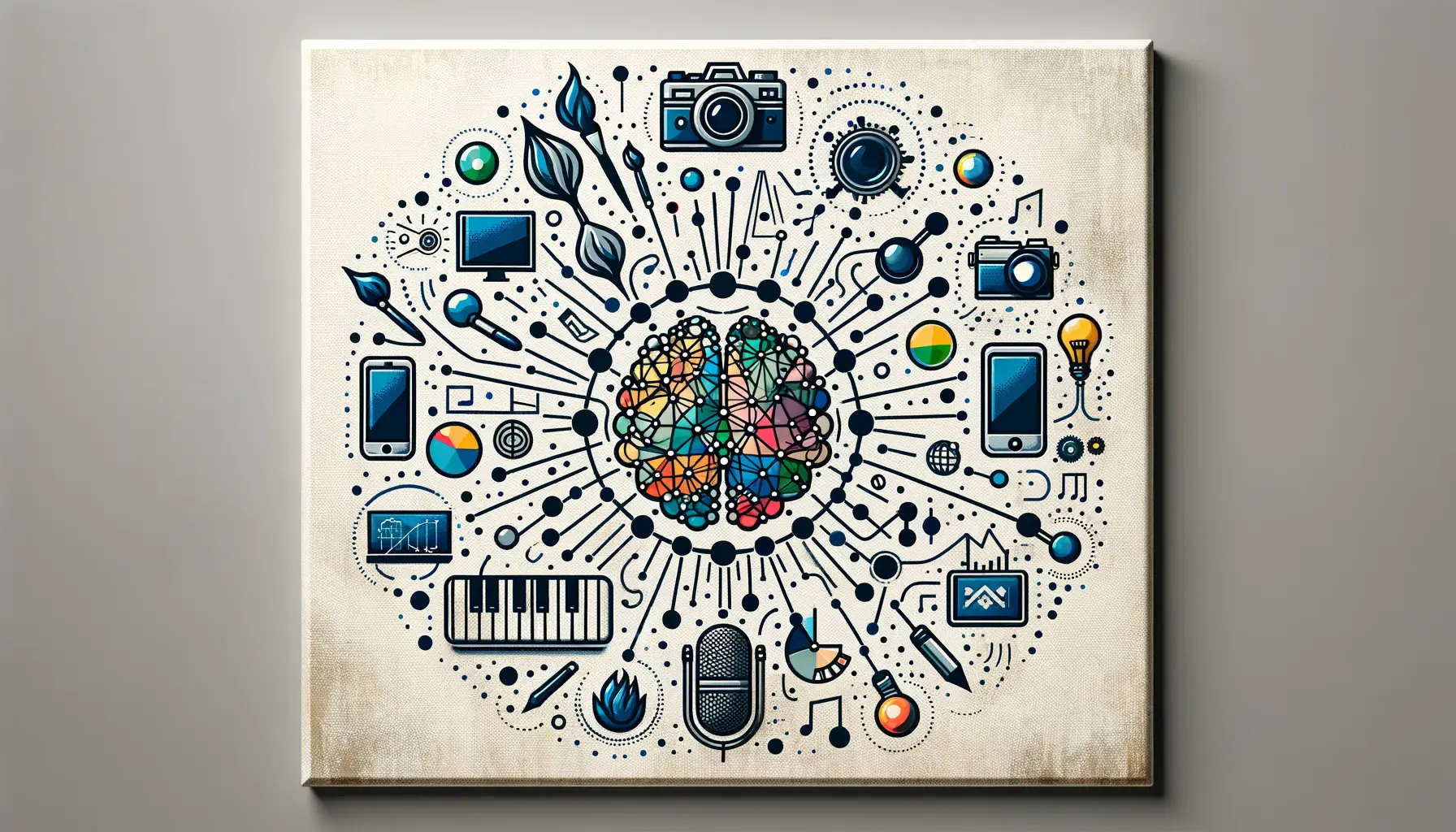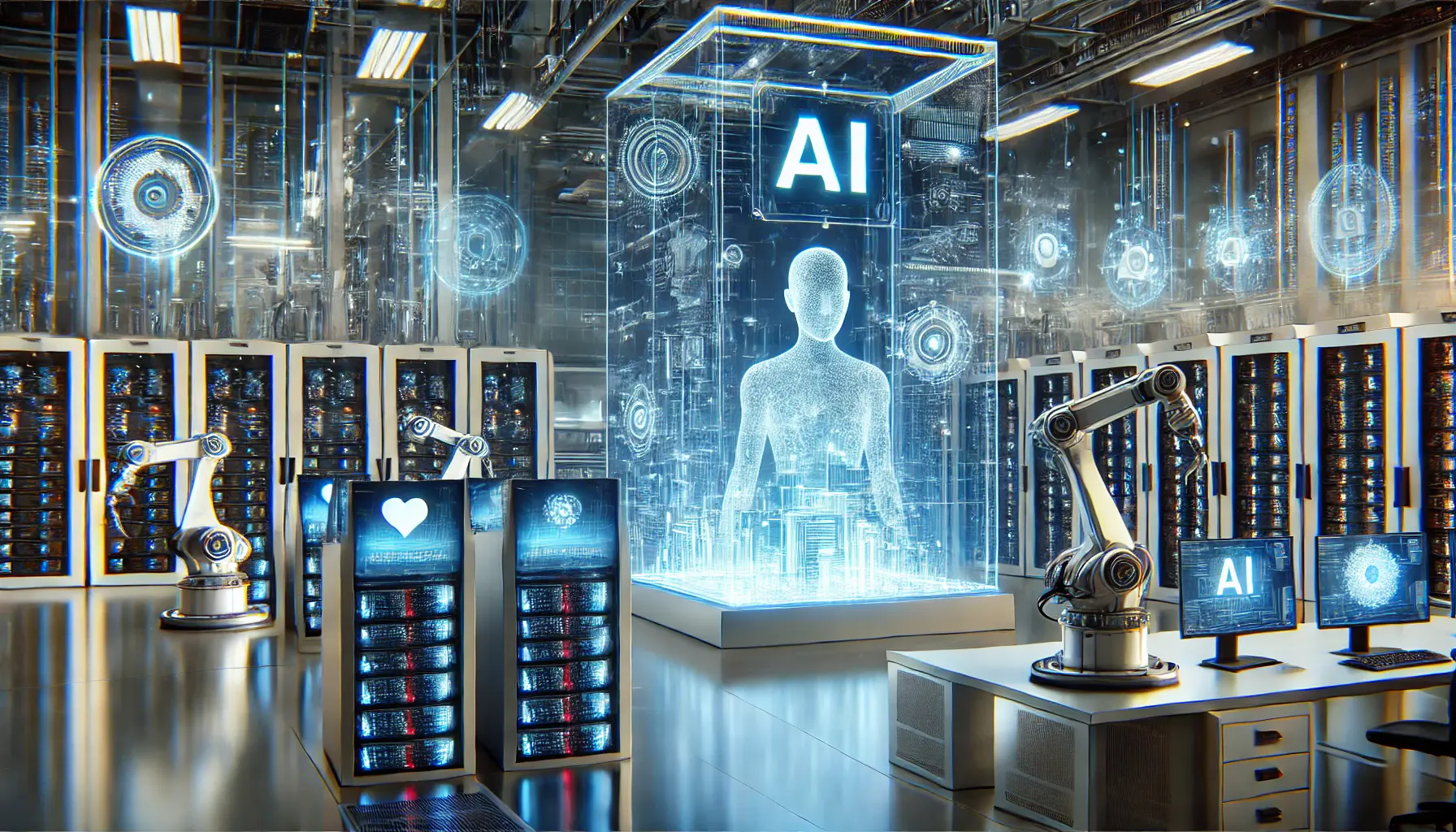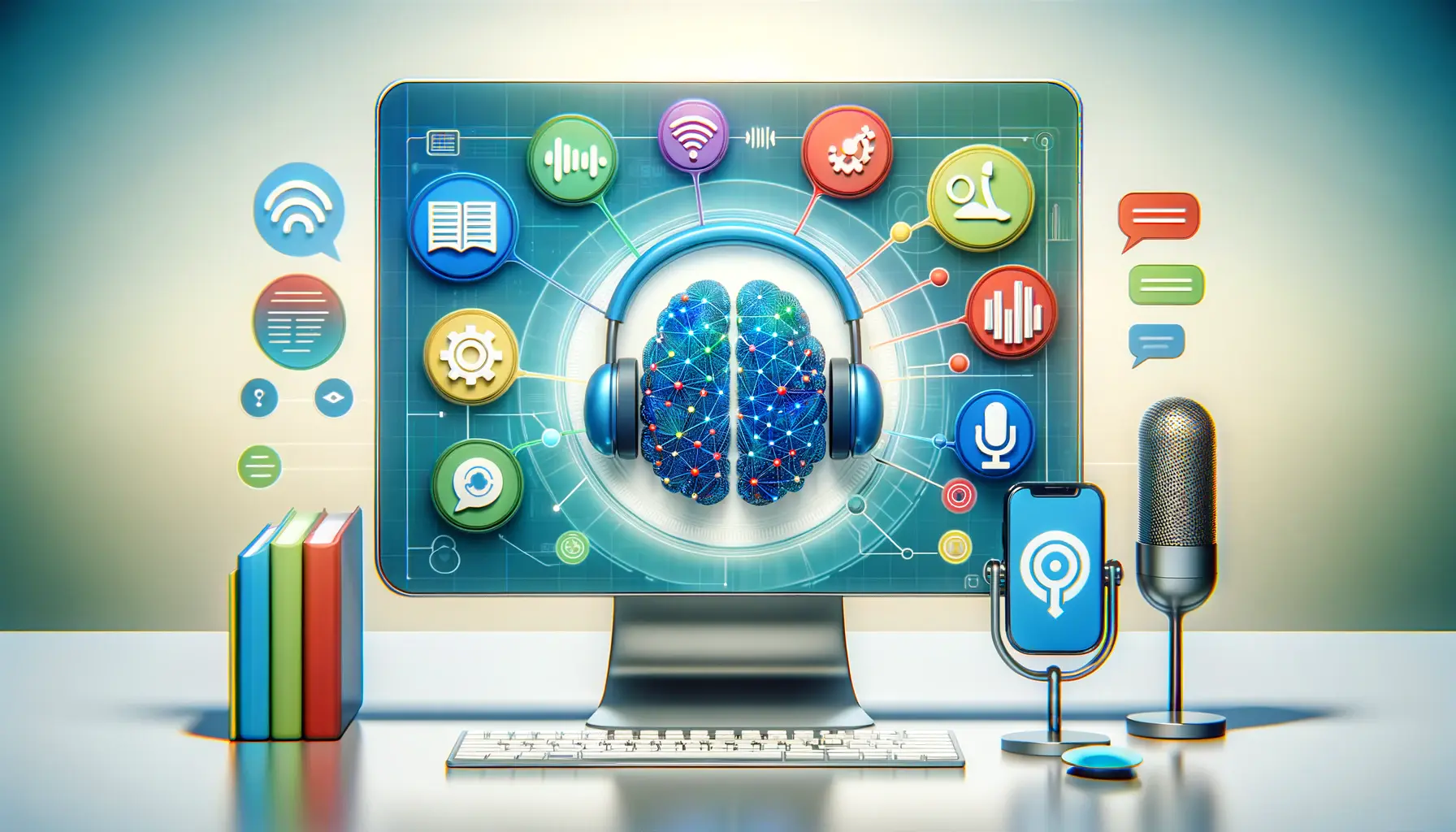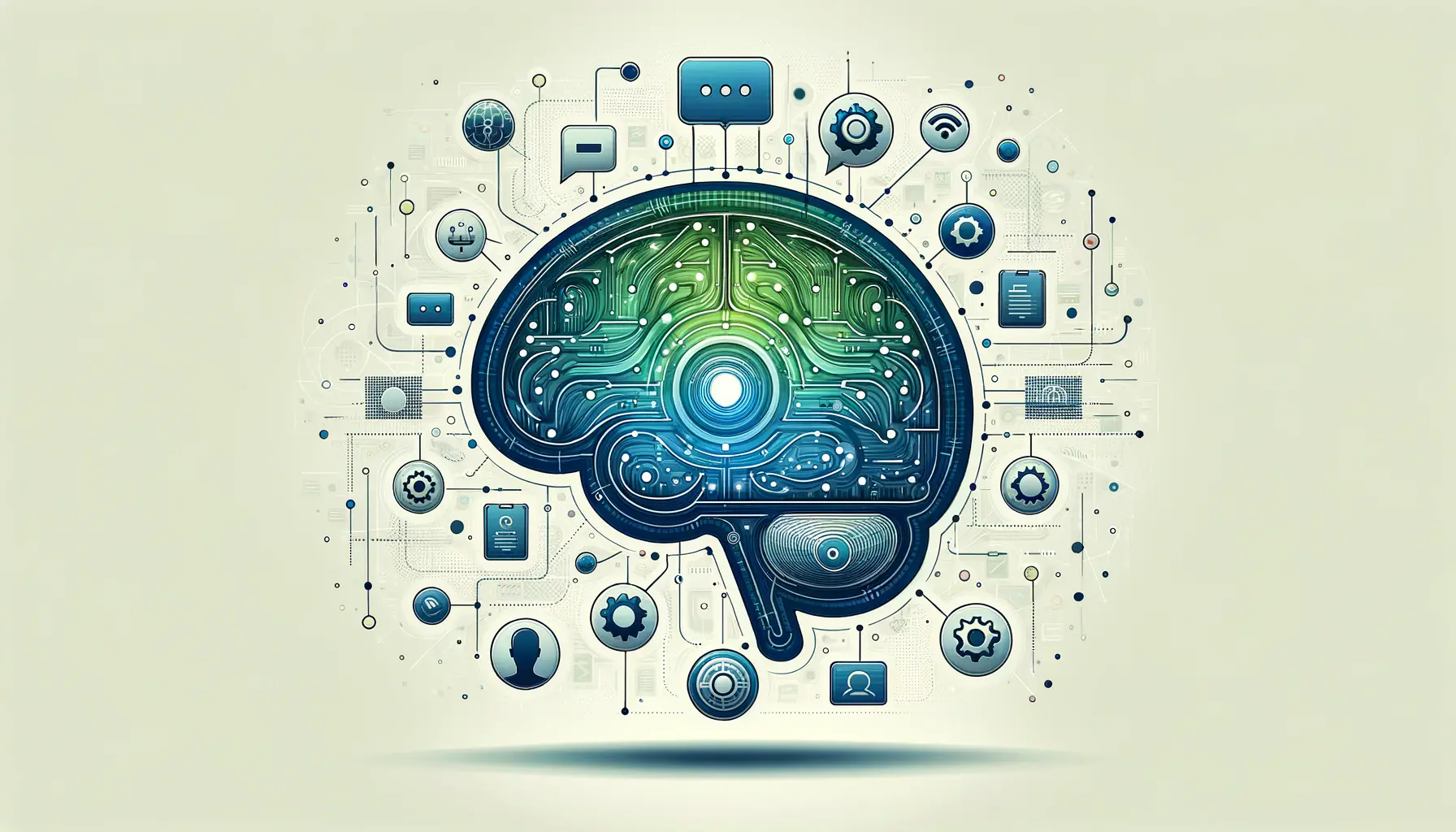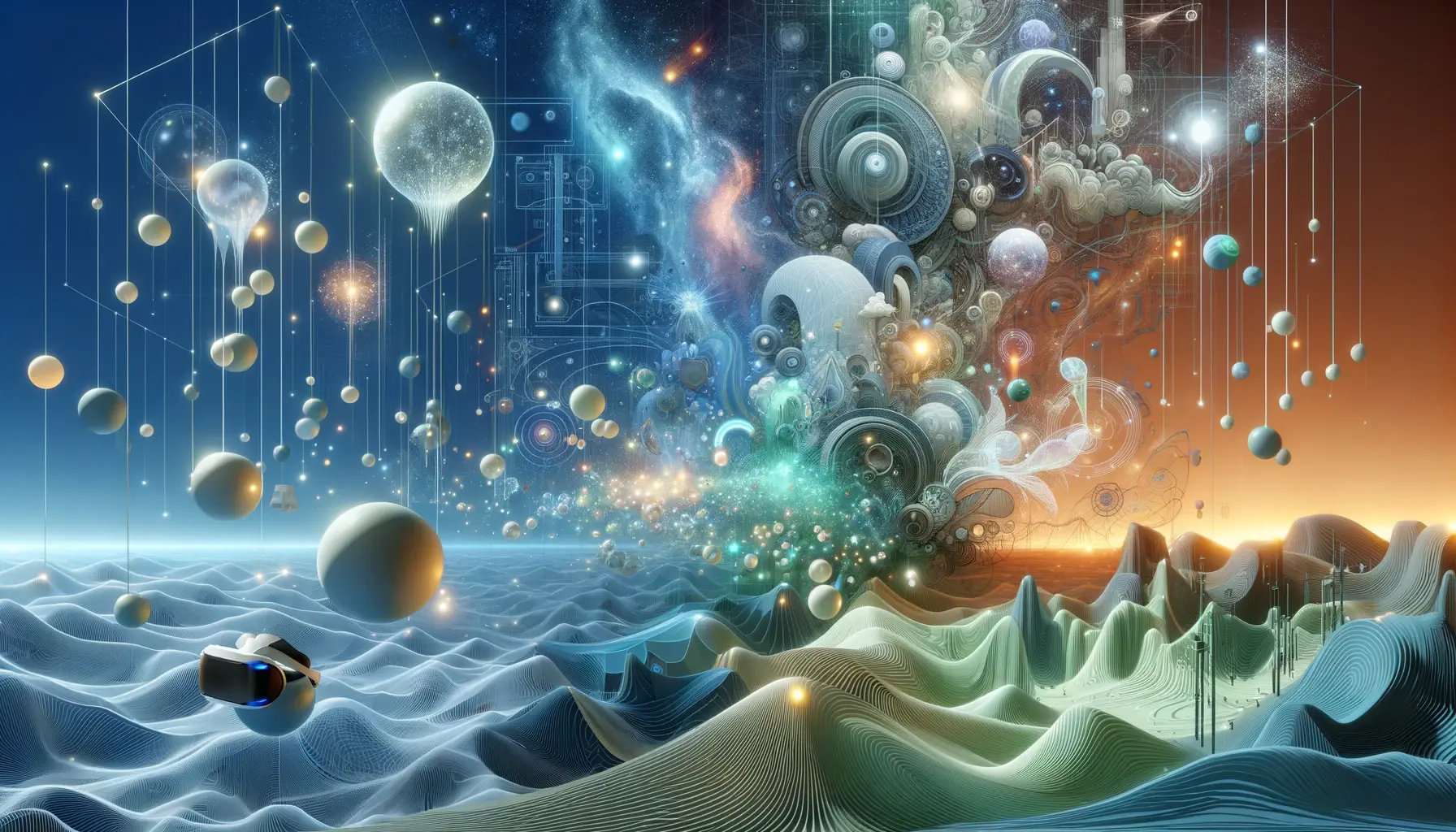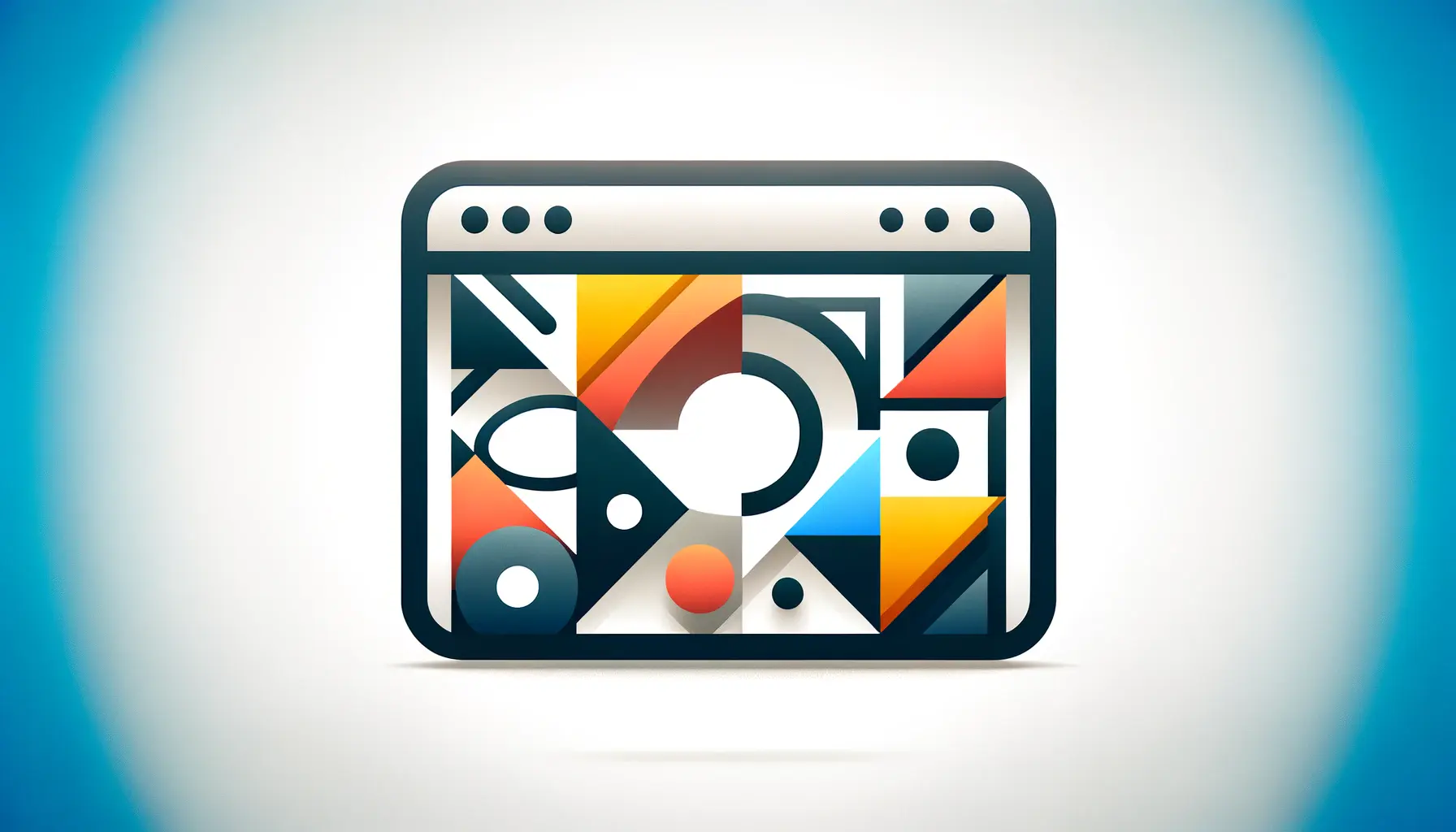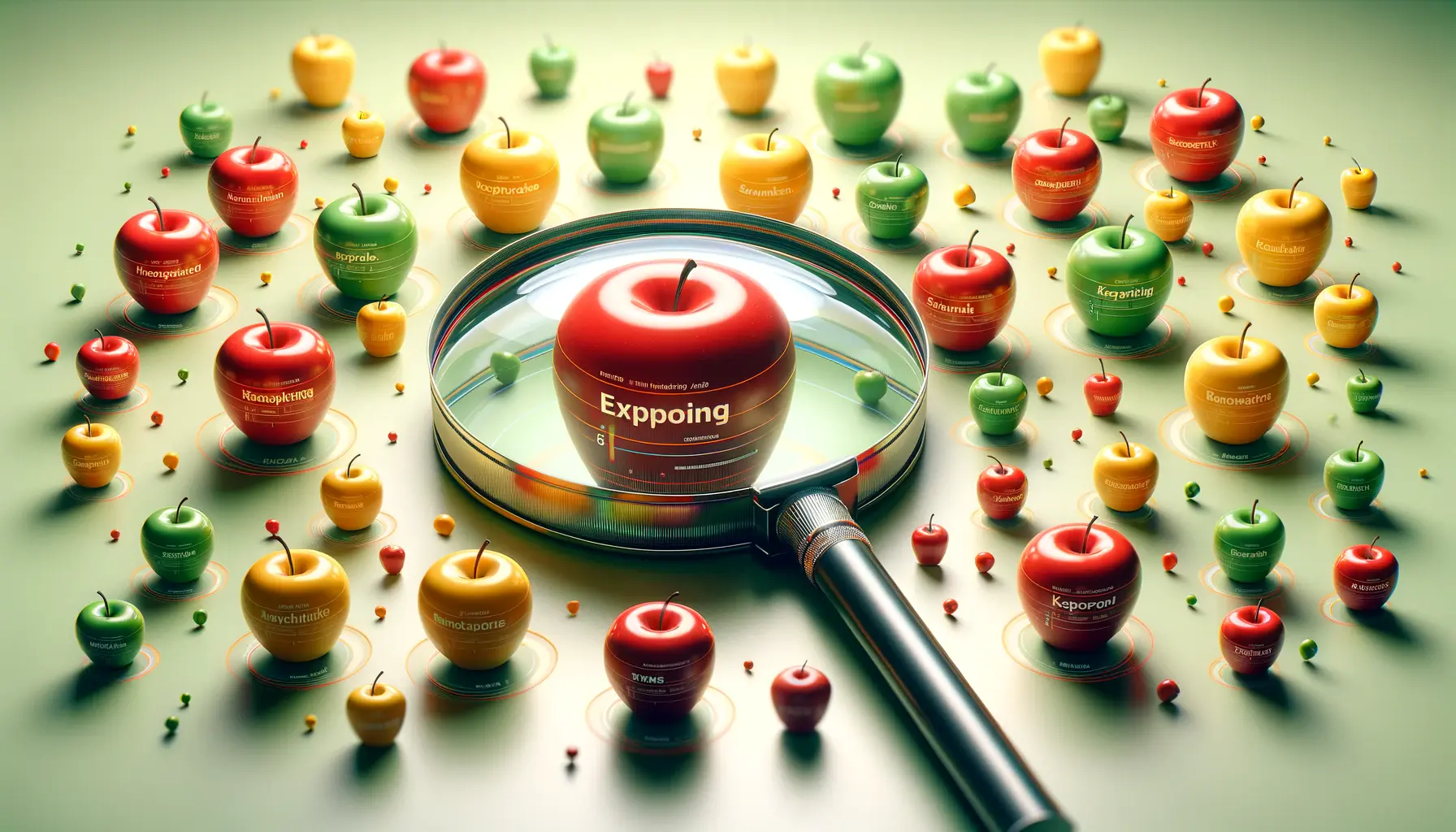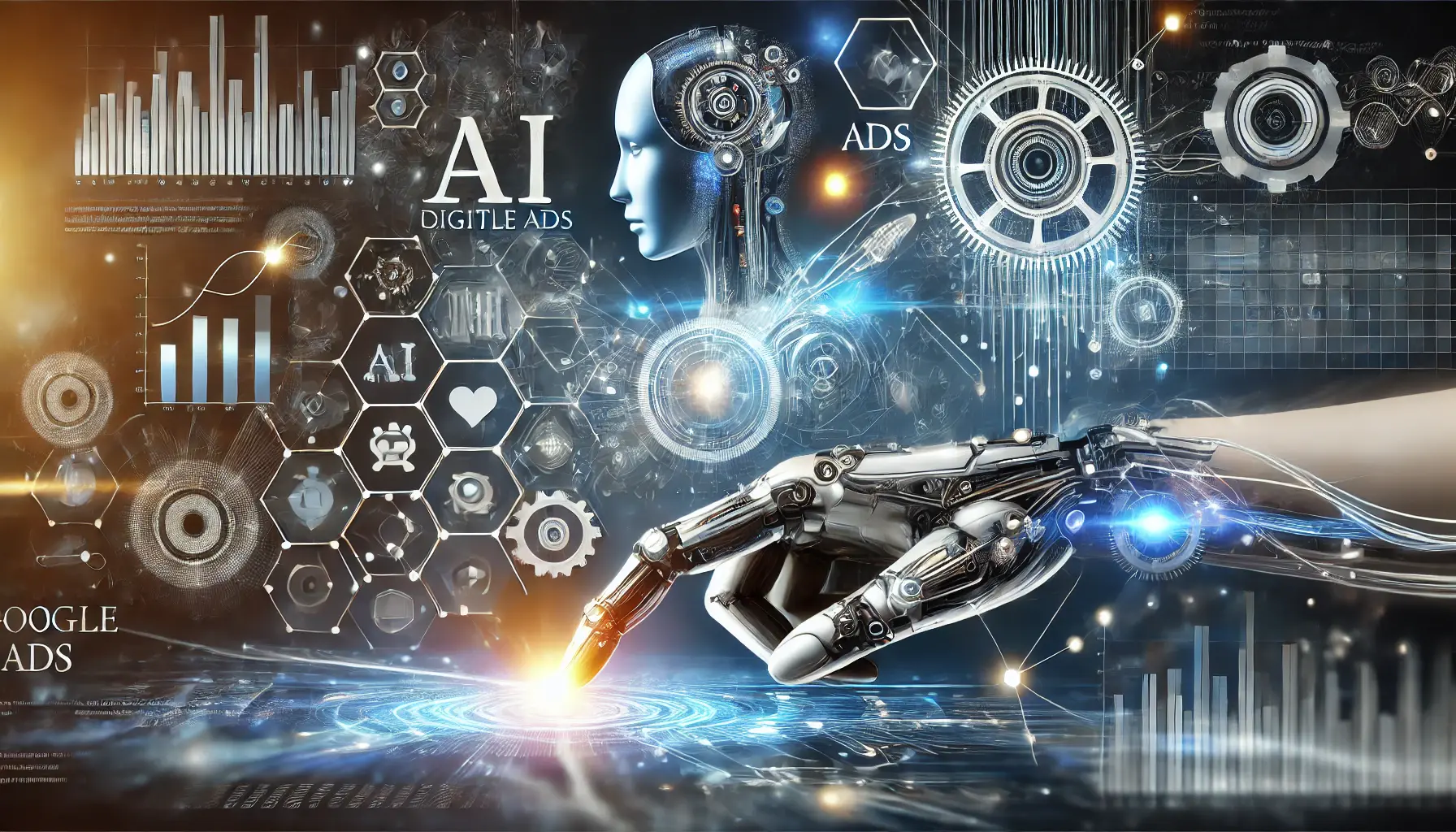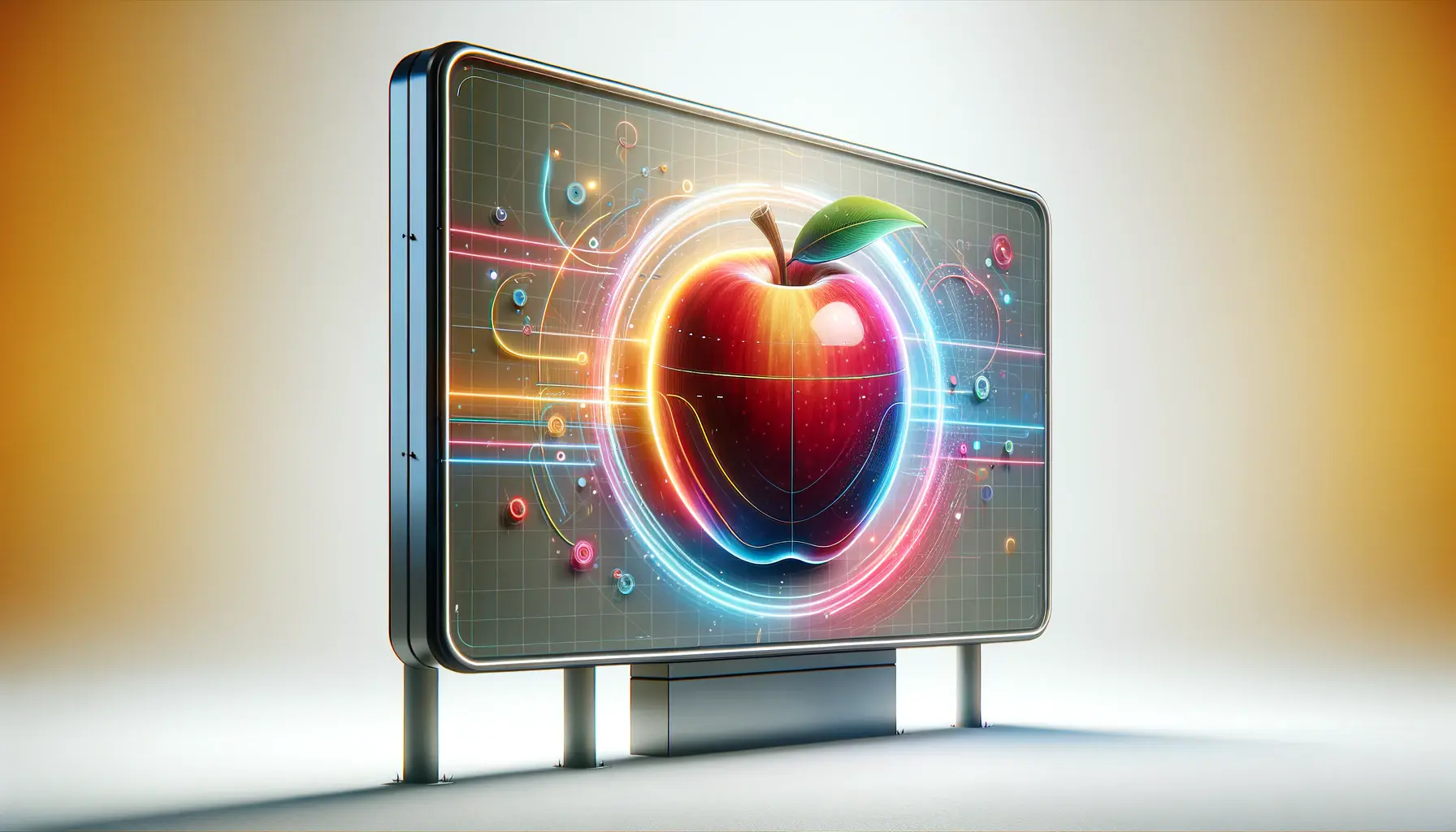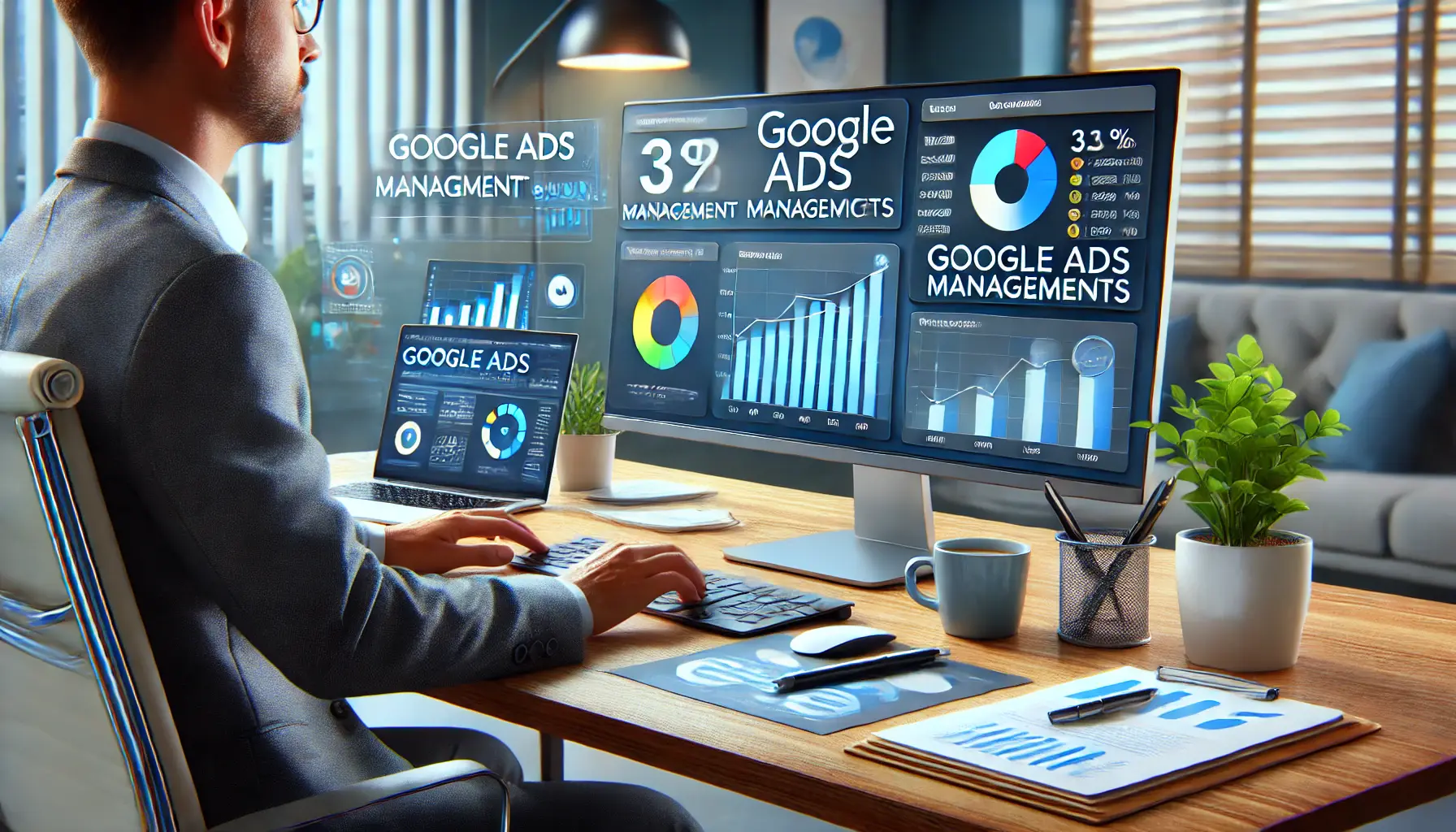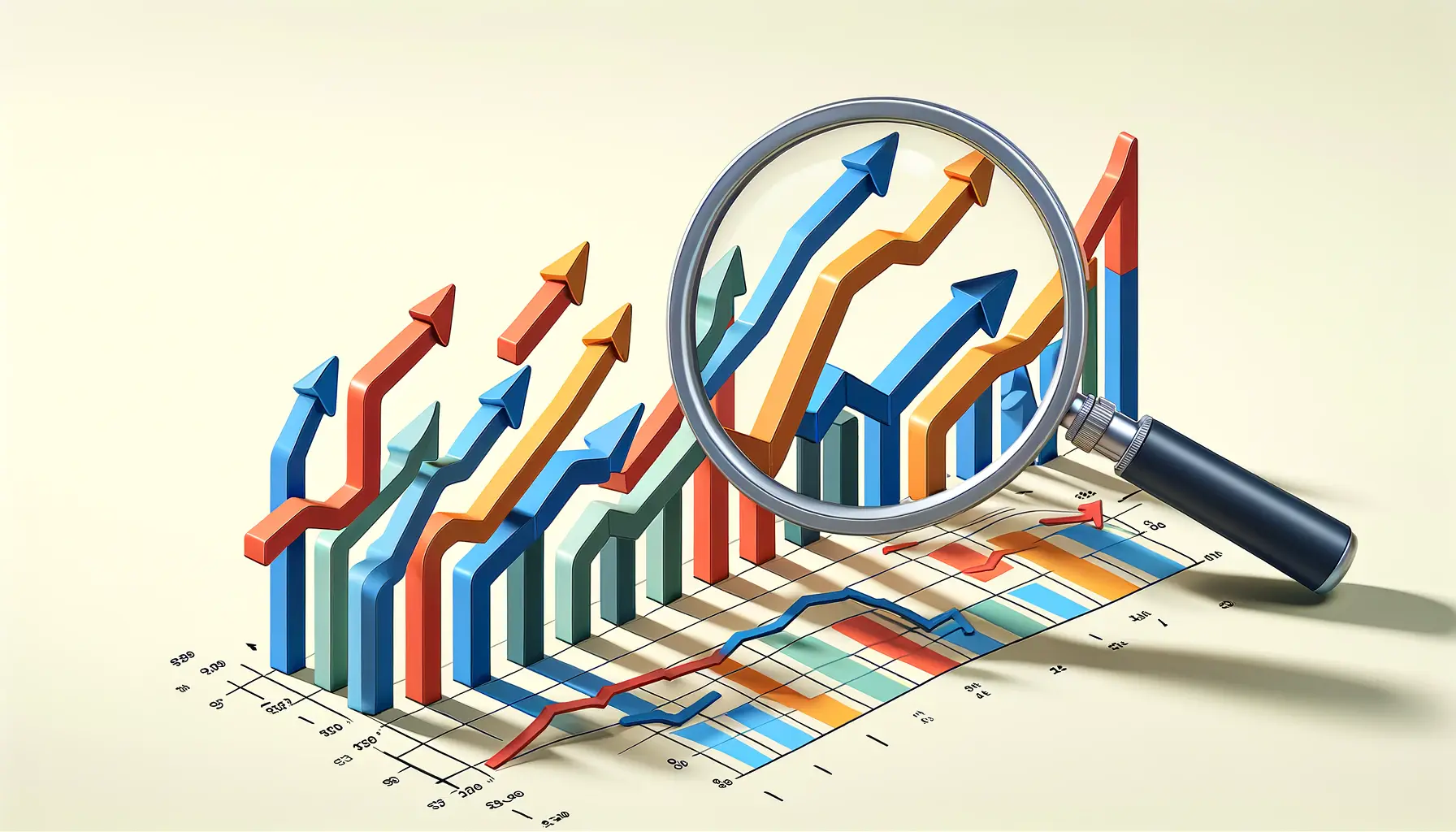The advent of artificial intelligence has ushered in an era of unprecedented innovation, particularly in the realm of digital art and image generation.
Among the most groundbreaking developments is DALL-E, an AI program developed by OpenAI that has the remarkable ability to generate images from textual descriptions.
This capability not only showcases the program’s advanced understanding of language but also its ability to interpret and visualize concepts in diverse and creative ways.
DALL-E’s multimodal capabilities represent a significant leap forward in the field of AI, blending the worlds of text and imagery to unlock new possibilities for creators, designers, and innovators alike.
At the heart of DALL-E’s innovation is its ability to process and understand complex language inputs, translating them into visual outputs that range from the realistic to the surreal.
This process involves a sophisticated understanding of both the semantics of language and the nuances of visual representation, making DALL-E a powerful tool for exploring the boundaries of creative expression.
As we delve deeper into the capabilities and applications of DALL-E, it becomes clear that this technology is not just about creating art; it’s about redefining the creative process and opening up new avenues for exploration and discovery in the digital age.
- The Genesis of DALL-E
- Exploring the Multifaceted Applications of DALL-E
- The Impact of DALL-E on Creative Industries
- Challenges and Ethical Considerations
- Future Directions and Potential Developments
- Integrating DALL-E into Professional Workflows
- Collaborative Creativity: DALL-E and Human Ingenuity
- Reimagining Creativity with DALL-E’s Multimodal Capabilities
- DALL-E Multimodal Capabilities FAQs
The Genesis of DALL-E
Understanding DALL-E’s Core Technology
DALL-E’s foundation is built upon a deep learning model that combines elements of natural language processing (NLP) and generative adversarial networks (GANs).
This combination allows DALL-E to interpret textual descriptions and generate images that are both relevant and imaginative.
The model’s training involved a diverse dataset of text-image pairs, enabling it to learn a wide range of visual styles and concepts.
This extensive training is what empowers DALL-E to generate images that span a broad spectrum of themes, from the mundane to the fantastical, based solely on textual prompts.
The technology behind DALL-E is an extension of OpenAI’s GPT-3, a state-of-the-art language prediction model.
By leveraging GPT-3’s language understanding capabilities, DALL-E can parse detailed and complex descriptions, translating them into visual representations.
This process involves a nuanced understanding of both the content and context of the prompts, demonstrating the model’s advanced multimodal capabilities.
The ability to generate images from text opens up new possibilities for creative expression, making DALL-E a valuable tool for artists, designers, and anyone looking to explore the intersection of language and visual art.
DALL-E’s multimodal capabilities are a testament to the advancements in AI, offering a glimpse into the future of creative expression and digital art.
Exploring the Multifaceted Applications of DALL-E
The advent of DALL-E has not only showcased the potential of AI in understanding and generating visual content but also opened up a myriad of applications across various sectors.
From enhancing creative processes to revolutionizing marketing strategies, DALL-E’s multimodal capabilities extend far beyond the realm of digital art.
This section delves into the diverse applications of DALL-E, illustrating its impact on different industries and creative endeavors.
One of the most immediate applications of DALL-E lies in the field of digital art and design.
Artists and designers can leverage DALL-E to generate unique visual concepts or to bring their imaginative visions to life.
This capability not only accelerates the creative process but also encourages experimentation with new styles and themes.
Furthermore, DALL-E’s ability to interpret and visualize complex descriptions allows for the creation of bespoke artwork, tailored to specific themes or requirements.
Enhancing Creative Processes
- Artistic Exploration: DALL-E enables artists to explore an infinite array of visual possibilities, pushing the boundaries of traditional art forms.
- Design Innovation: Designers can use DALL-E to quickly generate and iterate on visual concepts, significantly reducing the time from ideation to realization.
Revolutionizing Marketing and Advertising
- Ad Campaigns: Marketers can utilize DALL-E to create compelling and original visual content for advertising campaigns, tailored to specific target audiences.
- Product Visualization: Companies can use DALL-E to generate realistic images of products that are yet to be manufactured, offering a glimpse into future offerings.
Impacting Education and Research
- Educational Content: Educators can employ DALL-E to create visual aids that enhance learning materials, making complex concepts easier to understand.
- Research Visualization: Researchers in various fields can use DALL-E to visualize data or theoretical concepts, aiding in the communication of complex ideas.
The versatility of DALL-E’s applications showcases its potential to be a transformative tool across industries, redefining how we conceive, visualize, and communicate ideas.
The Impact of DALL-E on Creative Industries
The introduction of DALL-E into the creative landscape has sparked a revolution, significantly impacting how content is created, shared, and perceived.
This AI-driven tool has not only democratized art creation but also challenged traditional notions of creativity and authorship.
By enabling the generation of complex images from simple text prompts, DALL-E has opened up new avenues for creative expression and innovation across various industries.
In the realm of digital art, DALL-E has empowered artists by providing them with a new tool to explore creative boundaries.
This technology allows for the rapid visualization of ideas, enabling artists to experiment with concepts and styles that would be time-consuming or impossible to achieve through traditional means.
The ease of generating diverse visual content has also encouraged a broader range of individuals to engage in artistic creation, expanding the creative community.
Transforming Graphic Design and Illustration
- Speed and Efficiency: Graphic designers can leverage DALL-E to quickly generate a wide range of design elements, significantly speeding up the design process.
- Expanding Creative Possibilities: Illustrators can use DALL-E to explore new styles and themes, pushing the boundaries of traditional illustration techniques.
Revolutionizing Content Creation in Entertainment
- Visual Storytelling: Filmmakers and content creators can use DALL-E to generate unique visual scenes, enhancing storytelling with imaginative visuals.
- Game Development: Game designers can utilize DALL-E to create detailed environments and characters, enriching the gaming experience with diverse and dynamic visuals.
Enhancing Advertising with Customized Visuals
- Targeted Advertising: Advertisers can use DALL-E to create highly customized and targeted visual ads, increasing engagement and conversion rates.
- Brand Identity Development: Brands can employ DALL-E to develop unique visual identities, setting themselves apart in a crowded marketplace.
DALL-E’s impact on creative industries underscores its role as a catalyst for innovation, offering new ways to conceive and execute creative projects.
Challenges and Ethical Considerations
The integration of DALL-E into various creative and professional workflows has not been without its challenges and ethical considerations.
As with any groundbreaking technology, the use of DALL-E raises questions about copyright, originality, and the future of human creativity.
These concerns are central to ongoing discussions about the responsible use of AI in creative fields, highlighting the need for clear guidelines and ethical frameworks.
One of the primary concerns revolves around copyright and intellectual property rights.
DALL-E’s ability to generate images based on a wide array of inputs leads to questions about the ownership of the generated images and the potential for creating works that closely resemble existing copyrighted material.
This issue is compounded by the model’s training on a vast dataset of images, which may include copyrighted content, raising questions about the legality of its learning process and output.
Navigating Copyright and Intellectual Property
- Ownership Questions: Determining the ownership of images generated by DALL-E is complex, involving considerations of the input provided by the user and the AI’s role in the creative process.
- Respecting Existing Copyrights: Ensuring that DALL-E-generated images do not infringe on existing copyrights requires careful monitoring and potentially the development of mechanisms to filter out protected content.
Preserving Human Creativity and Originality
- Maintaining Creative Value: There is a concern that the widespread use of AI in art and design could devalue human creativity, making it essential to find a balance that respects and enhances human input.
- Encouraging Collaboration: Rather than viewing DALL-E as a replacement for human creativity, it can be seen as a tool that augments and collaborates with human artists, opening up new possibilities for creative expression.
Addressing Ethical Use and Bias
- Ensuring Ethical Use: Guidelines and policies are needed to govern the use of DALL-E, ensuring that it is used in ways that are ethical and do not harm individuals or communities.
- Combating Bias: Like any AI model, DALL-E may reflect biases present in its training data, necessitating ongoing efforts to identify and mitigate these biases to ensure fair and equitable outcomes.
The challenges and ethical considerations surrounding DALL-E highlight the importance of responsible innovation and the need for a collaborative approach to navigating the future of AI in creative industries.
Future Directions and Potential Developments
The evolution of DALL-E from its initial iteration to the more advanced versions has showcased the rapid progress in AI-driven image generation technologies.
As we look to the future, the potential developments and directions for DALL-E and similar technologies are vast, promising even more sophisticated tools for creative expression, problem-solving, and communication.
The continuous improvement of these technologies not only signifies a leap forward in AI capabilities but also opens up new possibilities for their application across various domains.
One of the key areas of focus for future development is the enhancement of DALL-E’s understanding and interpretation of complex and abstract concepts.
This involves refining the AI’s ability to grasp nuances in language and translate them into visual representations more accurately.
Such advancements could lead to even more precise and creative outputs, further blurring the lines between AI-generated art and human creativity.
Additionally, efforts to make DALL-E’s generated images even more realistic and detailed are likely to continue, leveraging advancements in machine learning and computational power.
Expanding Applications Beyond Art and Design
- Educational Tools: Future versions of DALL-E could serve as powerful educational aids, providing visual explanations for complex subjects and enhancing learning experiences.
- Scientific Research: DALL-E’s capabilities could be harnessed for scientific visualization, helping researchers to illustrate concepts and findings in fields such as biology, chemistry, and physics.
Integrating Interactivity and Personalization
- Interactive Design: Future iterations of DALL-E might offer more interactive features, allowing users to tweak and refine AI-generated images in real-time, enhancing the co-creation process between AI and humans.
- Personalized Content Creation: DALL-E could become more adept at creating personalized content based on individual preferences and histories, offering tailored visual experiences.
Addressing Ethical and Societal Impacts
- Developing Ethical Frameworks: As DALL-E and similar technologies evolve, so too must the ethical frameworks that govern their use, ensuring they contribute positively to society and do not perpetuate harm or bias.
- Enhancing Transparency: Future developments will likely focus on making the processes behind AI-generated content more transparent, allowing for greater understanding and trust in how AI models like DALL-E operate.
The future of DALL-E and AI-driven image generation is poised at the intersection of technological innovation and creative exploration, promising to redefine our relationship with art, design, and visual communication.
Integrating DALL-E into Professional Workflows
The integration of DALL-E into professional workflows marks a significant shift in how industries approach content creation, design, and problem-solving.
As businesses and professionals across various sectors begin to explore the capabilities of DALL-E, the potential for innovation and efficiency gains becomes increasingly apparent.
This technology not only streamlines the creative process but also offers new ways to engage audiences, visualize data, and communicate complex ideas.
For industries ranging from marketing and advertising to architecture and fashion design, DALL-E provides a tool that can rapidly generate visual content, mock-ups, and prototypes.
This capability allows for a more dynamic approach to design and content creation, where ideas can be visualized and iterated upon almost instantaneously.
Moreover, the integration of DALL-E into professional workflows signifies a move towards more collaborative and experimental practices, where AI and human creativity work hand in hand to push the boundaries of what is possible.
Enhancing Productivity and Creativity
- Accelerating Design Processes: By generating visual content on demand, DALL-E reduces the time and resources required to develop design concepts, enabling faster turnaround times for projects.
- Fostering Creative Experimentation: DALL-E encourages professionals to experiment with ideas and concepts, facilitating a more creative and innovative approach to problem-solving.
Improving Communication and Visualization
- Visualizing Complex Information: DALL-E can be used to create visual representations of data and abstract concepts, making it easier to communicate complex information to diverse audiences.
- Enhancing Presentations and Proposals: With DALL-E, professionals can create compelling visuals to support presentations and proposals, improving engagement and comprehension.
Customizing Content for Targeted Audiences
- Creating Tailored Marketing Materials: DALL-E enables the creation of customized visual content that resonates with specific target audiences, enhancing the effectiveness of marketing campaigns.
- Developing Personalized Experiences: Businesses can use DALL-E to generate unique content for personalized customer experiences, fostering deeper engagement and loyalty.
The misconception that AI like DALL-E will replace human creativity is dispelled by its role as a collaborative tool that enhances rather than replaces the human element in creative and professional endeavors.
Collaborative Creativity: DALL-E and Human Ingenuity
The emergence of DALL-E as a pivotal tool in the creative process underscores a new era of collaborative creativity, where AI and human ingenuity converge to produce unprecedented outcomes.
This collaboration between machine intelligence and human creativity is not about competition; rather, it’s about the synergy that arises from combining the strengths of both.
DALL-E’s ability to generate images from textual descriptions provides a starting point—a canvas upon which human creativity can build, refine, and reimagine.
Artists, designers, and creators across disciplines are finding that DALL-E can act as a muse, a collaborator, or even a challenge to overcome.
It offers a way to break through creative blocks, explore new aesthetic territories, and bring to life visions that were previously confined to the imagination.
This partnership between AI and humans is redefining the boundaries of art, design, and creative expression, opening up a world of possibilities that were once thought to be beyond reach.
Empowering Artists and Designers
- Inspiration and Exploration: DALL-E serves as a source of inspiration, enabling artists and designers to explore new concepts and ideas that push the limits of traditional mediums.
- Refinement and Realization: By providing a basis upon which to build, DALL-E allows creators to refine and realize their visions with greater precision and depth.
Facilitating Innovation in Content Creation
- Novel Visual Narratives: Content creators are using DALL-E to craft novel visual narratives, blending AI-generated images with human storytelling to engage audiences in unique ways.
- Dynamic Content Production: The speed and versatility of DALL-E enable the production of dynamic content that can quickly adapt to changing trends and audience preferences.
Enhancing Collaborative Projects
- Interdisciplinary Collaboration: DALL-E fosters collaboration across disciplines, bringing together artists, technologists, and scientists to explore new intersections of knowledge and creativity.
- Community-Driven Art: By democratizing access to creative tools, DALL-E encourages community-driven art projects that reflect a diverse range of perspectives and experiences.
The collaboration between DALL-E and human creativity is not just about creating art; it’s about opening dialogues, challenging preconceptions, and exploring the very nature of creativity itself.
Reimagining Creativity with DALL-E’s Multimodal Capabilities
The journey through the exploration of DALL-E’s multimodal capabilities reveals a landscape where technology and creativity intersect in unprecedented ways.
DALL-E, as a pioneering AI model developed by OpenAI, has not only demonstrated the potential of AI in understanding and visualizing complex concepts from textual descriptions but also opened up new avenues for creative expression across various industries.
This exploration has underscored the transformative impact of DALL-E on art, design, marketing, and beyond, highlighting its role as a catalyst for innovation and a tool for expanding the horizons of human creativity.
The Synergy of AI and Human Creativity
The collaboration between DALL-E and human creativity has emerged as a defining theme in the evolution of creative industries.
This partnership has facilitated a dynamic exchange of ideas, where DALL-E’s ability to generate diverse and complex images inspires human artists to push the boundaries of traditional mediums.
The result is a rich tapestry of creative works that blend AI-generated elements with human artistry, showcasing the potential for new forms of expression that were previously unimaginable.
Challenges, Ethical Considerations, and the Path Forward
While DALL-E opens up a world of possibilities, it also presents challenges and ethical considerations that necessitate careful navigation.
Issues surrounding copyright, originality, and the impact of AI on the creative professions are at the forefront of discussions about the future of AI in creative industries.
Addressing these concerns requires a collaborative effort among artists, technologists, and policymakers to develop guidelines and frameworks that ensure the responsible use of AI technologies like DALL-E.
- The importance of maintaining a balance between leveraging DALL-E for innovation and preserving the value of human creativity.
- The need for ongoing dialogue and collaboration across disciplines to explore the ethical implications of AI-generated content.
- The potential for DALL-E to democratize creative expression, making it accessible to a wider audience and fostering a more inclusive creative community.
In conclusion, DALL-E’s multimodal capabilities represent a significant milestone in the journey of AI and creativity.
As we stand on the brink of this new era, the future holds immense potential for further exploration and discovery.
By embracing the possibilities that DALL-E offers while navigating its challenges with thoughtfulness and care, we can ensure that this technology serves as a force for good, enriching the human experience with new forms of beauty and expression.
The story of DALL-E and human creativity is still being written, and it promises to be a fascinating tale of collaboration, innovation, and endless possibilities.
DALL-E Multimodal Capabilities FAQs
Explore common inquiries about DALL-E’s groundbreaking multimodal capabilities, offering insights into how this AI technology is transforming creative processes.
DALL-E is designed to generate images from textual descriptions, leveraging a deep learning model that combines natural language processing with generative adversarial networks.
It uses a version of GPT-3 optimized for image generation, understanding nuances in language to translate them into detailed visual representations.
Yes, DALL-E can generate images across a wide range of styles and concepts, from realistic to fantastical, based on the specificity of the text prompts.
Its ability to interpret and combine both textual and visual inputs to generate new, contextually relevant images sets it apart in AI-driven creativity.
DALL-E offers new ways for artists, designers, and content creators to explore concepts, enhance storytelling, and accelerate the creative process.
Yes, issues like copyright, originality, and the impact on human creativity are central to discussions on the responsible use of DALL-E.
Enhancements in understanding abstract concepts, interactivity, personalization, and addressing ethical concerns are key areas of focus.
By serving as a creative tool that augments human creativity, DALL-E encourages a collaborative approach to art and design, enhancing the creative process.
